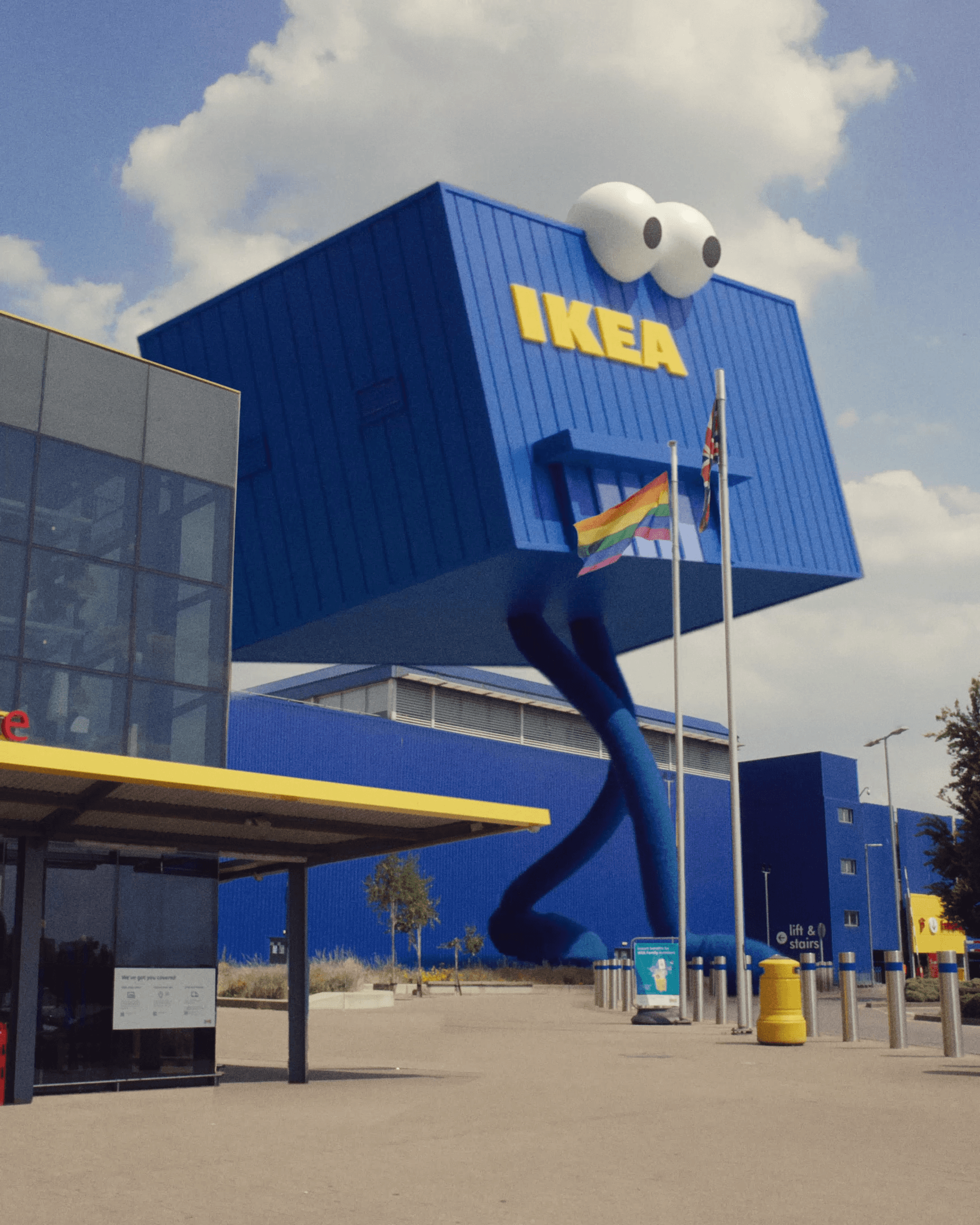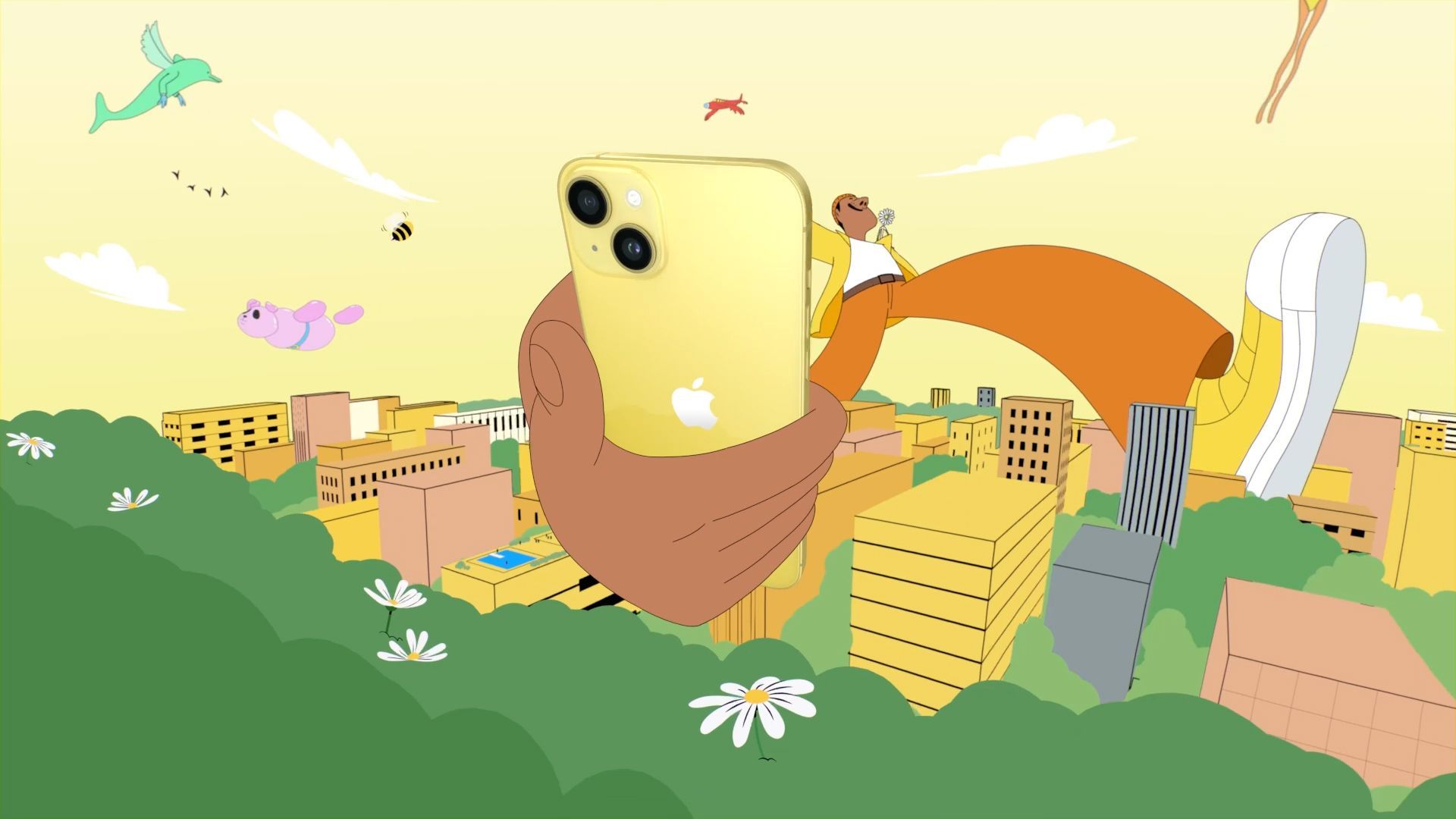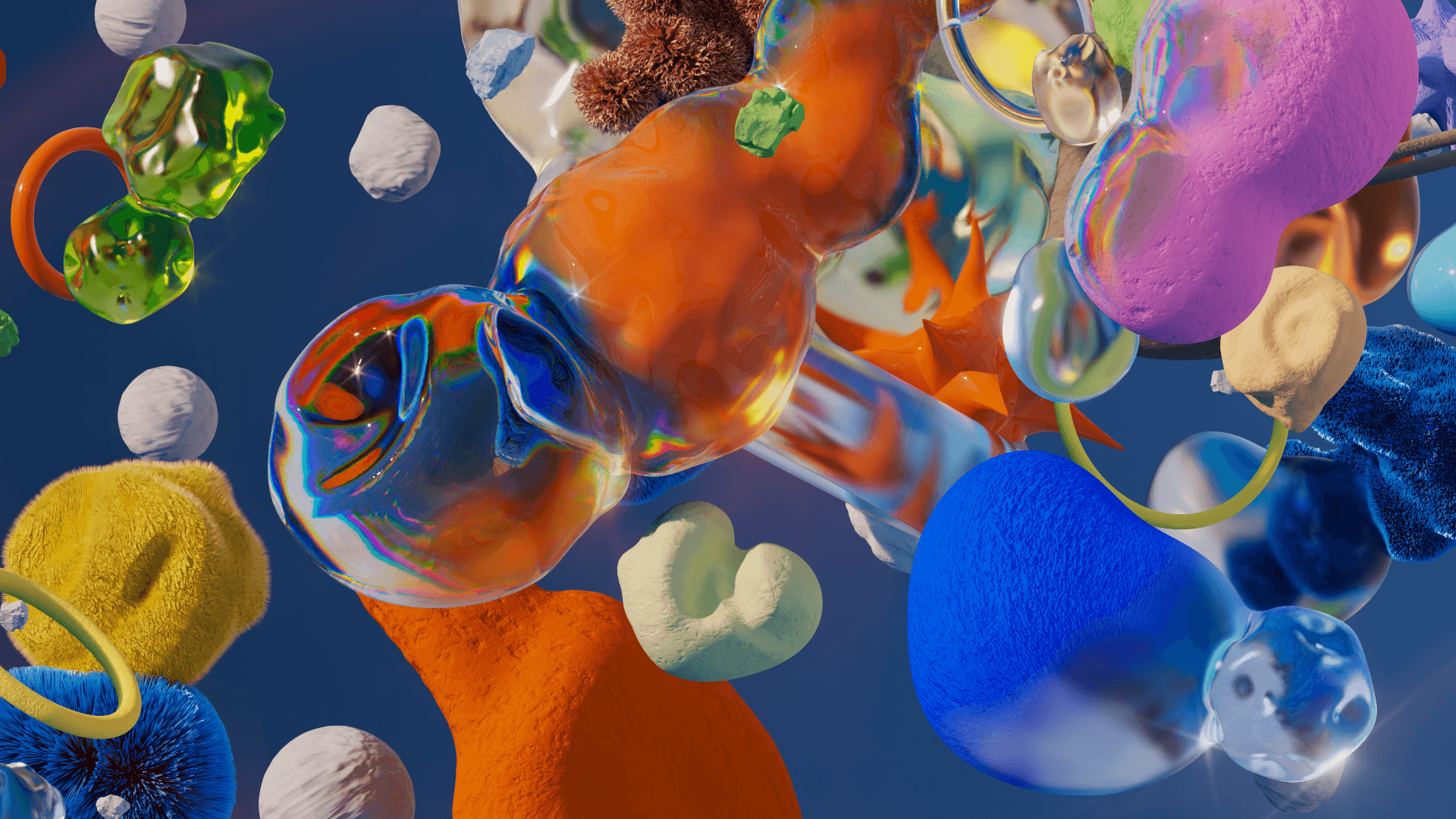

Introducing: Lucy Hardcastle
Introducing Lucy Hardcastle, an interdisciplinary artist who creates tactile, immersive worlds that are grounded in her love for hand-made crafts such as textiles and glass-blowing. We sat down with Lucy to better understand how she crafts her immersive, sensory experiences and connects the audiences to her digital worlds through symbolism and metaphor.
Tell us about yourself! What’s your story?
Hi I’m Lucy! I was born in South West London and grew up in a creative household. My first foray into self-expression was fashion, leading me to study Textiles at Chelsea College of Art specialising in digital print, this was where I began understanding a connection between the senses within my work.
While I was there I aimed to build a niche for myself by learning rendering softwares and applying the imagery to printed textiles, as well as making sculptural pieces in response to the emerging digital art movement that was happening at the time. Once I graduated I continued making interdisciplinary work in both digital and physical spaces, in particular exploring animation and moving image.
A turning point came during a group exhibition where I was showing sculptures of mine, and witnessed the joy and playfulness of children interacting with my work. This planted the seed of creating work for audiences and user interaction, which led me to studying Information Experience Design at the RCA, where I was able to really expand upon the potential that digital experiences and storymaking has.
From then onwards I’ve built towards the studio practice that I now have, finding a balance between the digital and physical by creating pieces that range from visual campaigns to immersive installations. I'm really proud of all the amazing projects we’ve been a part of as a studio.
How would you describe your creative practice?
In formal terms I’ve described it as sensual storytelling for the digital age, in less formal terms I’ve used phrases such as Phygital, ‘lick the screen’ sensuality, or sensorially provocative.
My goal is to bring emotion, immersion and reconnection to one’s self within the virtual or digitally augmented worlds, using forms of visual and interactive communication to create complex narratives and immersive forms of storytelling.
I work in a range of mediums from 3D animation, interactive tech, sculpture and photography.
I’ve always been inspired by visual illusions, the importance of perception and memory within design, and the idea of multiple realities existing in unison, therefore my work often feels natively digital, or interwoven with the digital regardless of the medium.


Your work sits at the intersection of technology and human-focused craft, what is it about combining these/this intersection that interests you?
This started based on my fascination with glass as a material, texture and portal, where I’d initially been creating glass-like materials in a digital space, which then inspired me to learn glass-blowing and create real physical sculptures. I was interested in the fact that any type of computational art is seen as mathematical and calculated, whereas a physical art such as glass-blowing can be somewhat unpredictable, and you almost have to tame the material.
The intersection between these two manifested as ‘happy accidents’, where I’m working towards something and finding unexpected outcomes along the way.
I see craftsmanship as being one with a material or process to almost form a symbiotic relationship with it, regardless of whether it’s digital or physical.
It's about drowning out the surrounding noise and having that one on one connection where you're extracting some level of refinement or transformational qualities from the tools you’re working with.
Let’s talk about senses and sensual storytelling - what does this mean to you and how does this show up in your work?
For me the senses are a way to create emotion, immersion, transformation or a sense of embodiment. There’s something so intuitive and animalistic about our senses, they create a huge amount of meaning within our lived experiences. The ones I’m most drawn to working with are sight, sound, touch and smell. Often the aim of my work is to have a physiological and emotive impact on the viewer, to feel ‘moved’ and take them out of their everyday environment, temporarily.
It could be creating a super satisfying, aesthetically pleasing world, or something that feels a little more gross and weird, either way it becomes a tool for the viewer to learn about themselves and their own uninhibited responses and reactions.
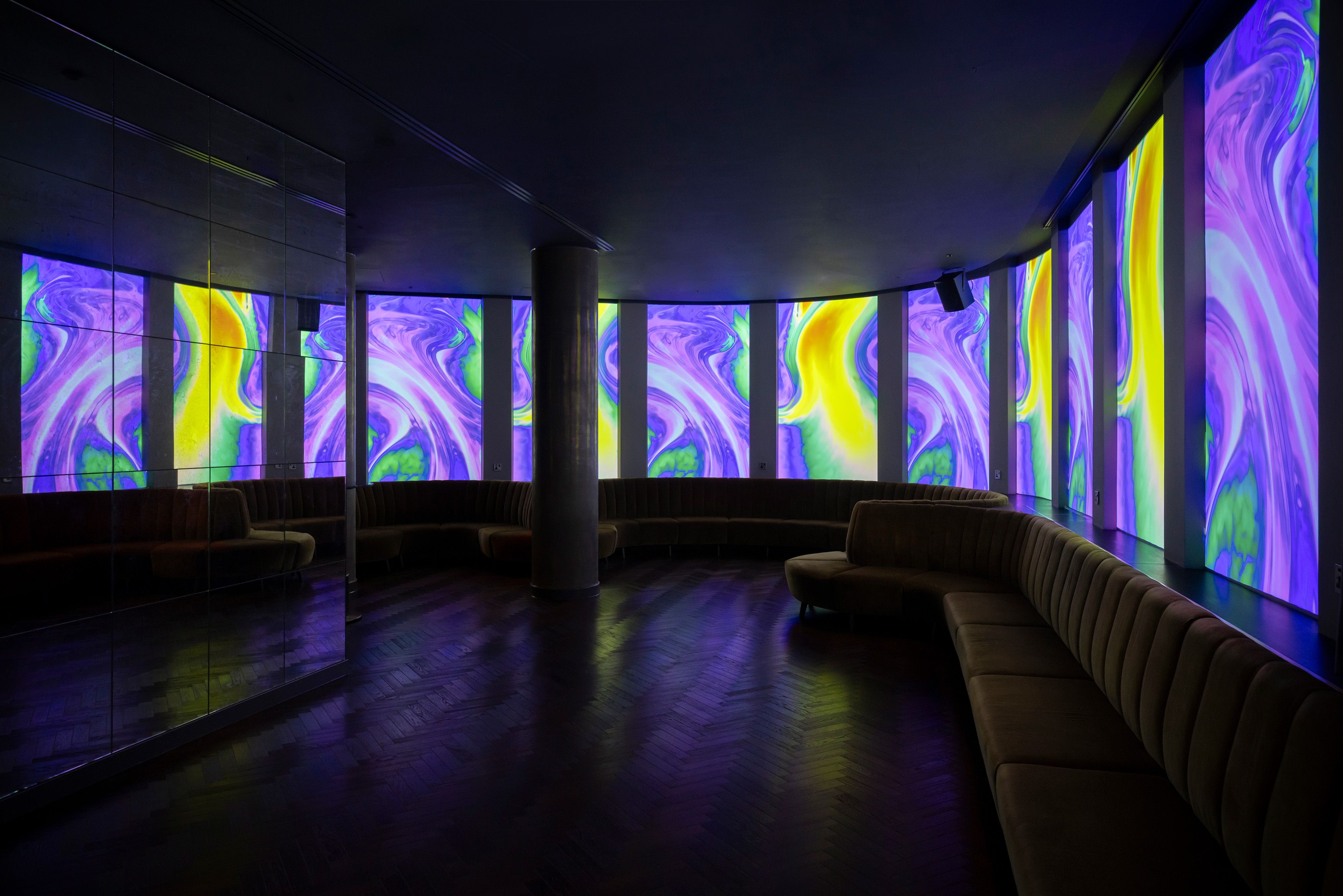
You trained in textiles, can you tell us how textures, patterns and materials feature in your work and why they prove such a meaningful and foundational aspect?
I’ve been a visual person since I can remember, especially in terms of learning and creating. I think there’s an unspoken connection within tactile textures or visible patterns that we seek out and want to explore. Although my work is often digital, anything created in the virtual world has to be inspired or originate from somewhere and therefore have a level of familiarity to it, which in turn can create meaning. Considering the power of the senses, I feel that physical materials have a tangibility to them that can be visually communicated, you don’t have to touch what’s on the screen to comprehend the softness, liquids, rough textures.
How do you see what you do bringing value to brands and their audiences?
I believe the power of visual storytelling can change or define a perspective, opinion or association of a brand. I really enjoy the process of building a potentially new or ‘unseen’ world around a brand or product, as if I’m uncovering something for their audience. I try to create work that feels memorable and stays with you in some way. From an experiential perspective it can be about creating a feeling that takes the audience out of their everyday lives, which can help build their connection to a brand. An example of this would be Point 2, an immersive installation I created for On Running, aimed to recreate the emotions of finishing a marathon.



Could you explain a little about your process when working with clients?
I tend to deconstruct a brief down to its bare elements, which may be a few words, references or themes, which can be explored to find new narratives and create an unexpected, poetic interpretation. Ideas that I often explore when responding to a brief include the unseen, physical illusions and symbolism.
A crucial part of the process is understanding the intended story and how we can lead to that point with the chosen medium and outcome. It’s really fun when there’s some freedom on what the outcome can be, say an installation that can have multiple creative layers to it. Once we begin production we build the digital elements in stages, from grayscale models and forms, to motion and my favourite part - texturing and lighting!
What’s been your favourite project so far and why?
I would say it's a tie between Intangible Matter and Spora. Intangible Matter was my first web-based interactive piece, as well as the project I launched my studio with, which was commissioned by Chanel and i-D magazine. It felt ambitious because we were essentially creating an online video game, for a traditional french fashion and perfume house.
I was asked to make a personal response to scent within a digital space that could be globally accessible, and I chose to create an interactive piece where people could build upon their own memories and relationships with fragrance through responsive visuals. The combination of having creative freedom similar to an editorial project, while also working with an award-winning production team was incredibly special.
Secondly, Spora is a self-initiated project created in collaboration with photographer Maisie Cousins. We created mixed reality moving images by combining photography with CGI, inspired by biological alchemy, natures intelligent systems such as fungi and mycelium - we wanted to draw upon our inner beauty in quite a literal way, we asked ourselves questions like ‘what does our gut flora look like, would we consider it beautiful?’
The final outcomes from Spora are some of my favourite imagery I’ve created, the visceral, uncomfortable yet hypnotic responses feel really powerful and have a strong harmony between myself and Maisie’s practices.
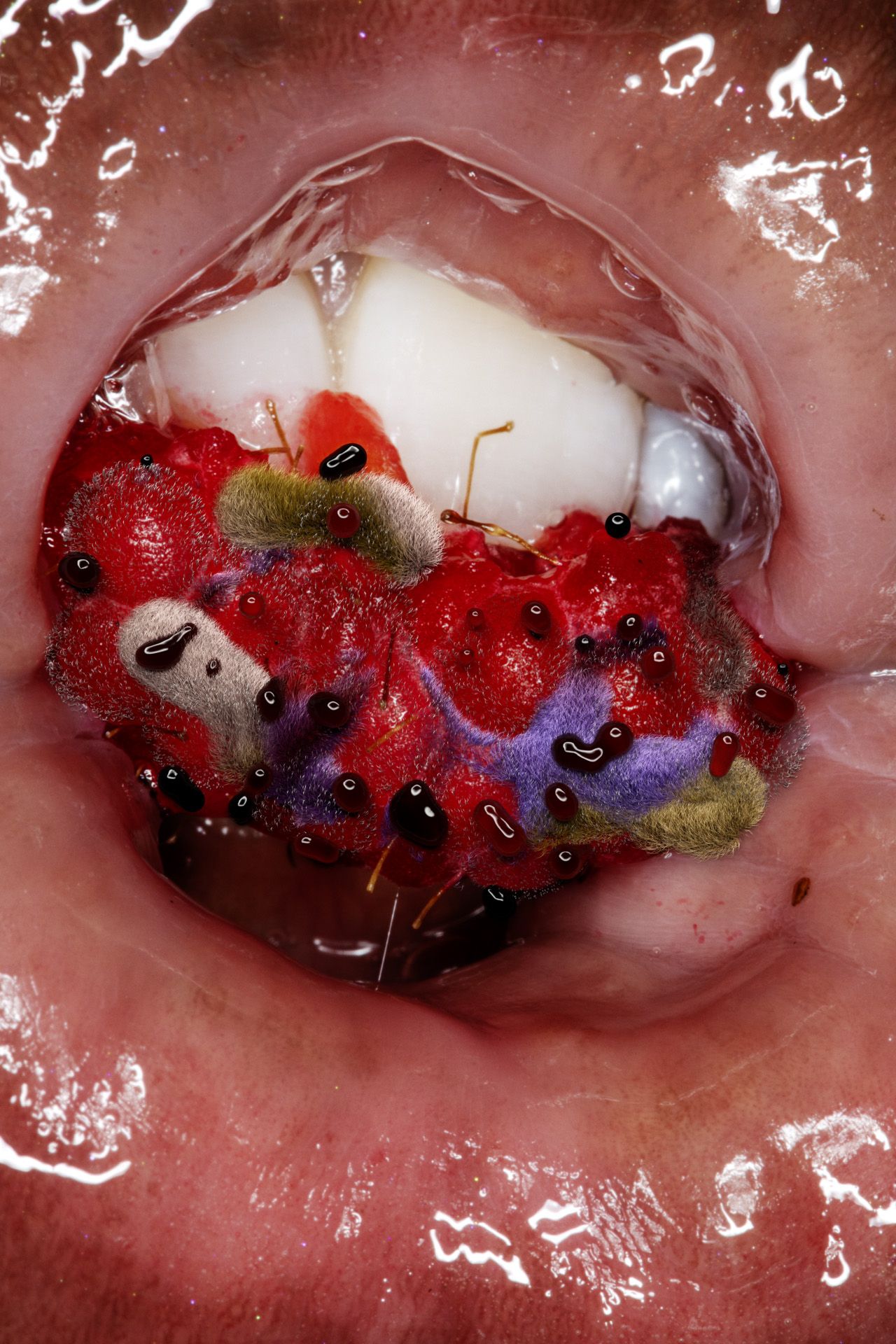


Your work has an abstract, sensory quality, is it purely an expressive response or is there a developed story that evolves over the timeline?
I’d say there are two categories depending on the intention behind the work, firstly it can be an expressive response that's solely focused on the visual, sensory, satisfying style that I’m known for.
I’ve also definitely created works that have a more linear narrative, where the beginning, middle and end is more definitive, with a clear transformation throughout the film. I would describe my work that is more expressive as having a ‘material narrative’, as I don’t believe all narratives have to follow the traditional rules that we know of in film.
What is it in a brief that triggers the direction a piece will take ?
My favourite briefs are ones that are grounded in research and something real that I can go on a deep-dive with, whether that be scientific, cultural or some kind of natural phenomenon that can’t entirely be explained. When it’s based on something factual and combined with artistic licence I feel it gives validity to the importance of storytelling. For me the key element that can trigger the direction is what story you’re aiming to tell and who your audience is. I quite enjoy when a brief has certain requirements or boxes to tick to make it make sense as a brand’s story, it’s almost like doing a sudoku to figure out how all the pieces can fit together, to create something beautiful.
Any dream clients or type of projects you’d like to work with/on - and why?
My dream projects are multi-layered, combining some form of digital animation with interactive or experiential tech.
The pieces I’m most proud of involve either user-lead experiences or real-time rendering to make something that feels responsive for an audience, like it's a living, breathing thing.
Another dream as a creative is showcasing work on a huge larger-than-life scale. I've always been inspired by the likes of Pipilotti Rist, Es Devlin and Anish Kapoor, and how they make the most of scale in their work.
I wouldn’t say I have a dream client, more that the best clients are ones that are open, collaborative and trusting of the process of working together.
What’s next for you?
I’ve been working on a few personal projects towards the end of 2024, one of which is based on science fiction author Ursula Le Guin’s short stories, which I’m currently in the fun R&D stages of.
My film Spora has been doing the festival circuit for the past year, and will be at London Super Shorts Film Festival in December, so I'm excited to see what a new audience thinks of the work.
Having joined the Jelly family I can’t wait to see what 2025 brings!
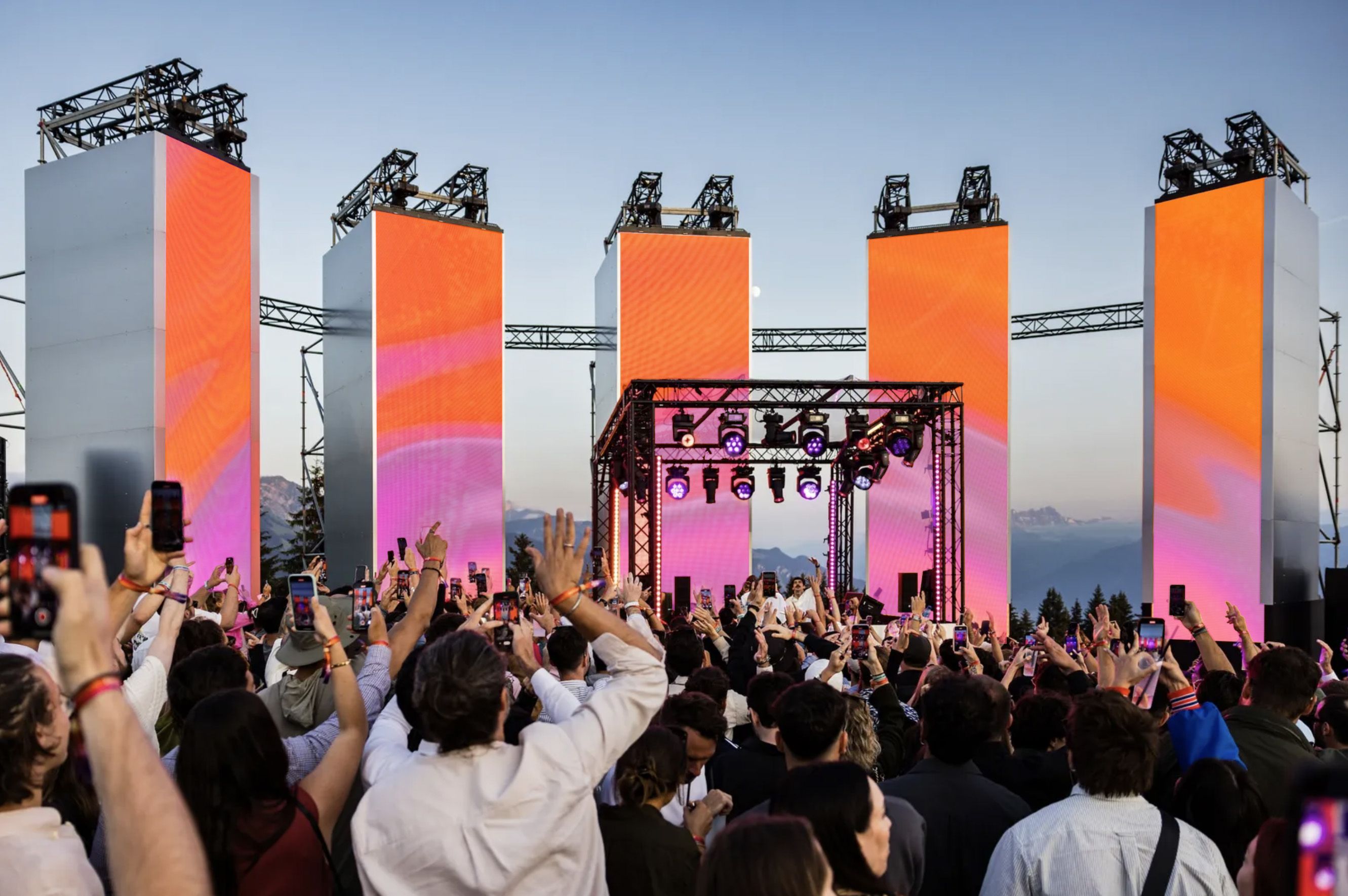
About Lucy Hardcastle
An interdisciplinary director and digital artist, Lucy’s CGI moving image work focuses on tactility, visual illusions and sensory experiences through digital rendered pieces.
Grounded in hand-made craft, including textiles and glass blowing, her works highlight tensions between physical and virtual worlds and experiences. Through immersive, sensory experiences, Lucy aims to reconnect the audience with the material world through symbolism and metaphor.
While seemingly fluid and abstract, Lucy’s work is intentional and controlled. Imbuing brand story in subtle ways, her moving images tell complex and emotionally resonant stories, most recently for brands including the V&A and Chanel.
See more work from Lucy here.
What We Do
We specialise in bold visual content and brand storytelling.

